What Is The Difference Between Mirror And Mirrorless Camera
DSLR vs mirrorless cameras in 2022: which type of camera is all-time, and why?

The DSLR vs mirrorless decision is still worth thinking about. Photographic camera makers take largely switched over to mirrorless camera systems, merely DSLR cameras are however being made, even so existence sold and withal beingness bought! So allow's encounter what the differences are, and where each camera type has an advantage.
DSLRs and mirrorless cameras differ in their construction and pattern, but not in their sensors, image quality, technologies and indeed many of their features. The differences are partly physical – the mode these 2 photographic camera designs look, handle and work – and partly technical in terms 4K (or fifty-fifty 6K or 8K) video capture and autofocus systems.
Just one huge factor that should non be forgotten is personal preference. Ultimately, your choice betwixt mirrorless and DSLR will probable come downwards to which one you like using more!
DSLRs and mirrorless cameras offer a distinctly different shooting experience, and while mirrorless cameras accept the latest technology on their side, DSLRs have more than traditional physical qualities, including optical viewfinders and old-fashioned virtues like battery life.
So let's take a look at some of the differences in more detail.
Mirrorless vs DSLR in 2022
ane. The mirror
DSLRs and mirrorless cameras both evidence the scene through the camera lens itself as you compose the flick, but the way they display information technology is completely dissimilar. DSLRs use a mirror to reflect an optical epitome up into the viewfinder. Yous are looking at an optical image. When you take a motion-picture show, the mirror flips up so that the image can and then pass to the back of the camera where the sensor is exposed to the epitome.
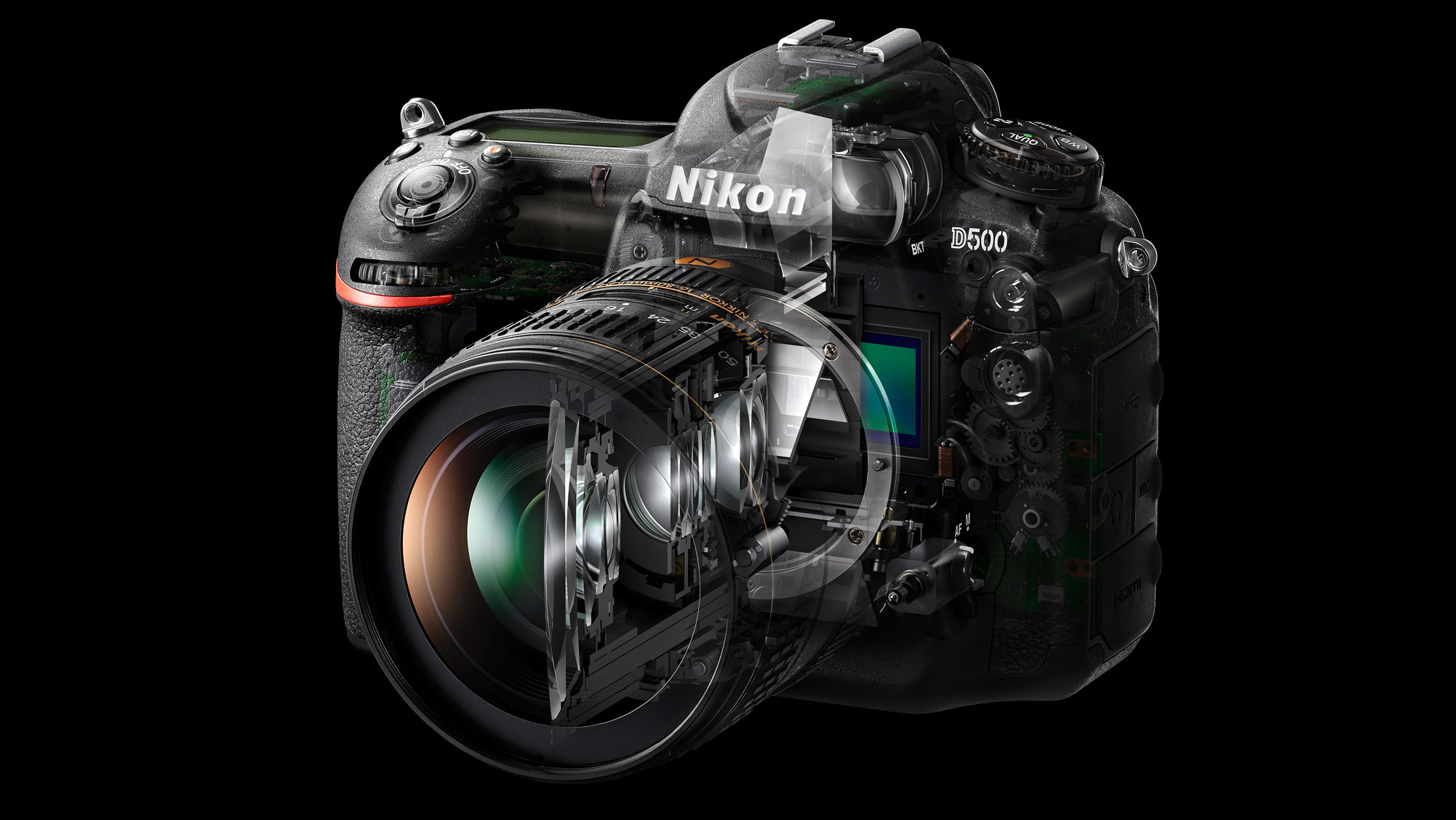
Mirrorless cameras take a different approach. They use the 'live view' captured by the photographic camera sensor itself to create an electronic image that tin be displayed either on the rear screen or in an electronic viewfinder. There is no mirror machinery to flip upwards and out of the style.
But what sounds similar a win-win situation is a little more complicated than that. First, many people adopt the optical image of a DSLR viewfinder. 2d, digital displays consume a lot more power, and mirrorless cameras still can't compete with DSLRs for battery life.
2. Autofocus
The primal divergence here is that mirrorless cameras use a single autofocus arrangement for both rear screen and viewfinder shooting, whereas DSLRs – confusingly – have to apply two.
DSLRs use defended 'stage detect' autofocus sensors which are in the base of the camera behind the mirror. When you take a movie, the mirror flips upward and out of the mode and that means the AF sensor is no longer available.
Back when DSLRs didn't have alive view, this wasn't a problem. But when the demand grew for live view shooting using the rear screen, DSLRs had to switch to autofocus systems that used the image formed on the sensor itself.
So you take a situation that persists to this twenty-four hour period – DSLRs have one autofocus system for the viewfinder and a different 1 for live view shooting.
In terms of performance, mirrorless cameras have largely caught up with DSLRs for autofocus speed and surpass them for frame coverage and tracking features.

Mirrorless cameras can now be successfully used for fast-moving sports and action photography that in one case demanded a DSLR. In fact, if y'all wait at the capabilities of the hybrid on-sensor autofocus system in the latest Sony A7 IV (opens in new tab), even DSLR diehards would have to concede that the separate phase-detect AF systems in DSLRs are dinosaurs by comparing.
3. Viewfinders
The design of mirrorless cameras means they need to use electronic viewfinders. These have improved hugely in a very short space of time.
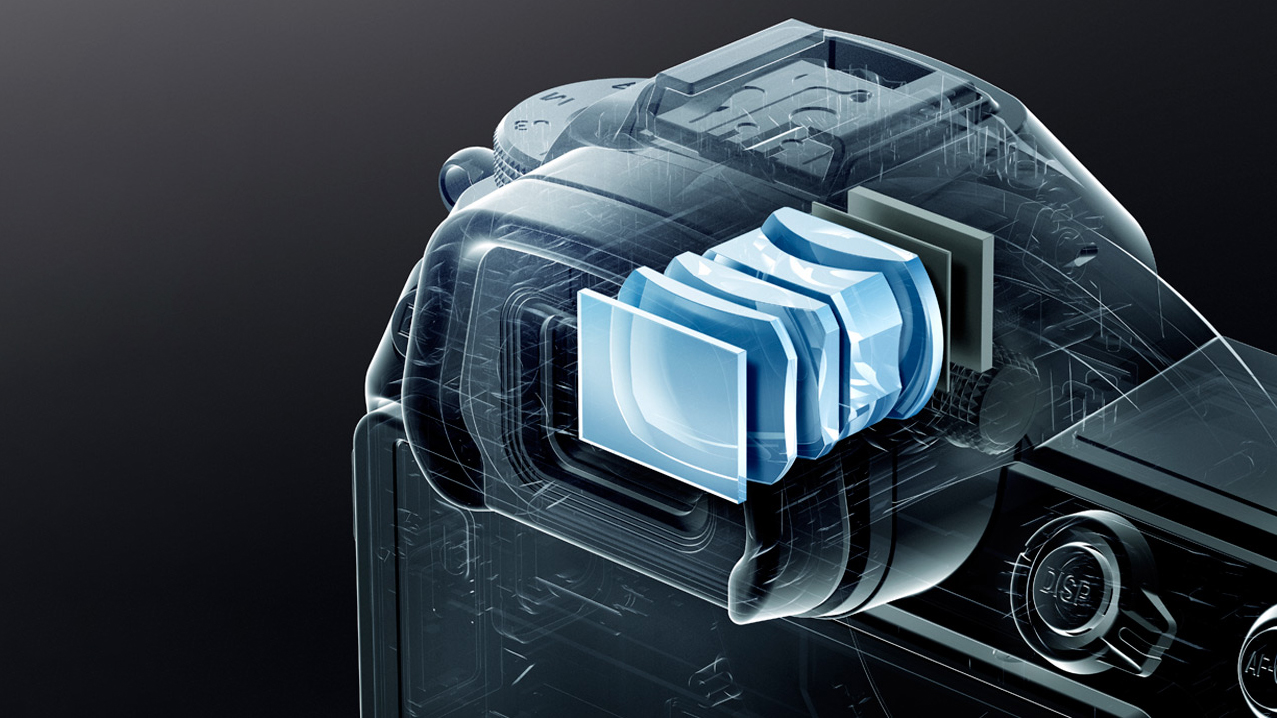
The latest and best electronic viewfinders available today have such high resolution that you can inappreciably see the 'dots' and they have a clarity that genuinely approaches optical viewfinders.
However, they can nonetheless endure from lag, or 'latency' – a tiny delay between what the camera sees and what the screen shows. Viewfinder lag is less of an result than information technology used to be thanks to faster refresh rates, and the most contempo area of focus for manufacturers has been in the coma result you would typically see when shooting continuous bursts of images. Sony managed to eliminate this on its A9 model (opens in new tab), and Panasonic claims the aforementioned for its Lumix G9 (opens in new tab) .
Electronic viewfinders can show a more clearly visible view of a scene in low light, and have zoom functions for precise manual focusing – ii highly underrated benefits of electronic viewfinders. Considering of their automobile-gain light amplification effect, electronic viewfinders let you compose and shoot images in near darkness, and have fabricated small-scale-aperture telephotos like the Catechism RF 600mm f/11 (opens in new tab) and RF 800mm f/11 (opens in new tab) perfectly practical to apply.
It'southward too worth pointing out that if you lot are a fan of vintage manual lenses which need to be used in stopped-downwards style, a DSLR viewfinder will be way too dark simply a mirrorless EVF will be fine.
All the same, many photographers however prefer the 'naked eye' view of an optical viewfinder over a digital i. You'll soon see the image the camera has recorded in playback mode anyway.
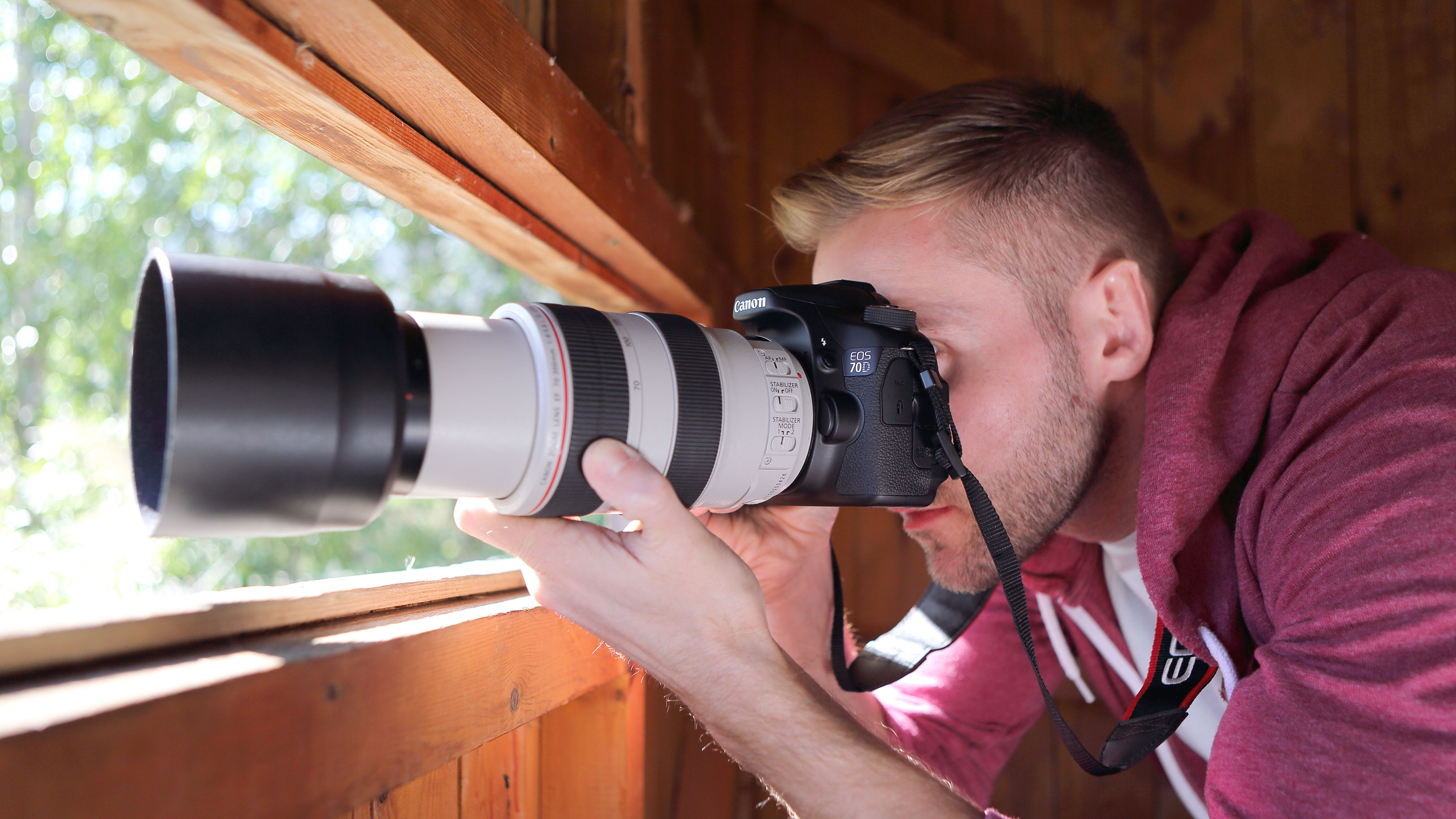
Optical viewfinders take some other key advantage that'southward particularly relevant for sports and action photographers. At that place is unavoidable screen blackout in the camera'due south burst shooting mode as the mirror flips upward and down between exposures, but this is rarely an event – the key point is that at that place is no lag, and it's much easier to follow a fast-moving field of study with a loftier-speed DSLR like the Nikon D500 (opens in new tab), for example, than it is with the average mirrorless camera.
4. Battery life
Even very basic DSLRs volition happily offer 600 shots per battery charge, just the entry-level Nikon D3500 (opens in new tab) DSLR, for case, can capture up to ane,550 images on a single charge. The very best pro DSLRs can rattle off well-nigh 4000 frames per accuse, although this is admittedly with considerably larger batteries. With the Nikon D6 (opens in new tab), Nikon claims a stunning battery life of 3,580 shots – and twice that if the camera is used for loftier-speed continuous shooting.

Mirrorless cameras, still, fare far less impressively here, with around 350-400 frames per charge being the norm while some are a whole lot less. The Sony A7R Iii (opens in new tab) ushered in an extended 650-shot battery life almost double that of its predecessors, and the Sony A7R IV (opens in new tab) even improves on that slightly, and then that'south a meaning step forwards, but the Canon EOS RP (opens in new tab) can merely manage 250 shots.
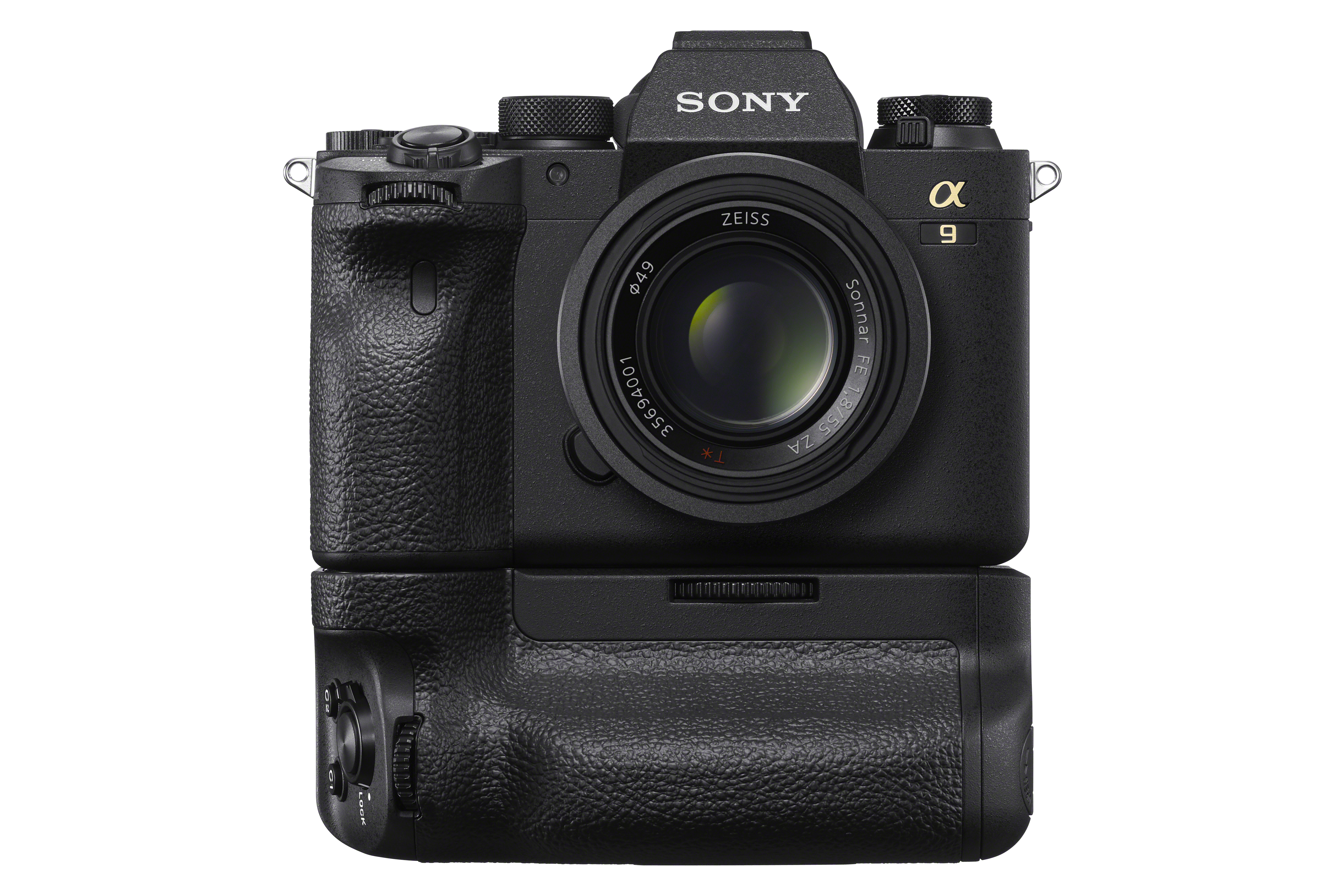
Mirrorless cameras are inherently more than dependent on bombardment ability than DSLRs. Either the LCD display or the electronic viewfinder is on all the time. Furthermore, the fact that most manufacturers attempt to brand mirrorless models every bit small as possible ways that their batteries are as well small, which as well presents a limit on their capacity.
Of course, y'all can buy spare batteries for cameras in both camps, so whether this is as great an effect or not is debatable. One advantage of mirrorless cameras, however, is that many now offering charging through their USB ports, like the Sony A6400 (opens in new tab), which is very convenient when travelling, though this is starting to announced on DSLRs like the Nikon D780 (opens in new tab) likewise.
5. Size
The most often claimed advantage of mirrorless systems is that they are much smaller than DSLRs. This is the main sell of mirrorless systems: the aforementioned size of sensor and image quality every bit offered by a DSLR without the bulk.
Only in that location are often trade-offs in making a mirrorless camera body then compact, such equally bombardment life, the manner a camera handles with larger lenses, and how much space there is for external dials and buttons.
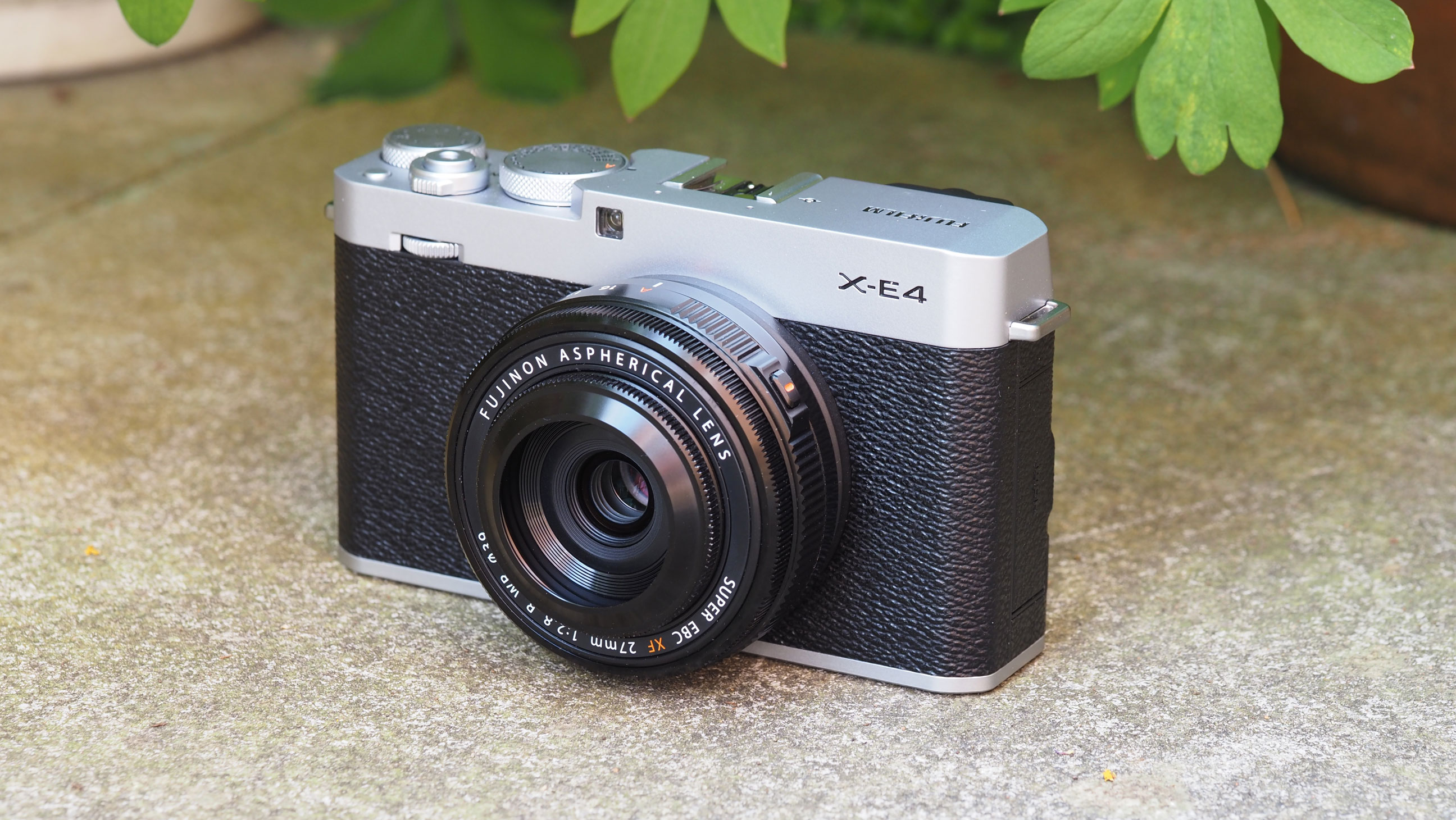
Pocket-sized bodies also means pocket-size controls, and users with larger hands may non find smaller mirrorless bodies easy to utilise. This extends to touchscreens too, with virtual buttons and controls often too small for then to be keyed comfortably, so although the Nikon D850 (opens in new tab) DSLR seems huge in comparison to today's total frame mirrorless camera, many of its pro users volition prefer its size considering it makes it much easier to see and modify camera settings – and because information technology balances better with big lenses, which is what nosotros cover in the side by side section.
6. Lenses
DSLRs nevertheless have an advantage for lens choice, simply because they've been effectually and supported for decades. Anyone that opts for a Canon EOS DSLR today has 30 years' worth of native optics to choose from, and many more when you factor in compatible third-political party options. Nikon and Pentax are in a similar position with their DSLR ranges.
Withal, the development of new DSLR lenses has slowed dramatically. Catechism and Nikon now put virtually all of their lens development effort into mirrorless lenses. Not merely that, wider mirrorless lens mounts and shorter back-focus 'flange' distances have given lens designers a blank slate, and many new mirrorless lenses out-perform older DSLR equivalents.
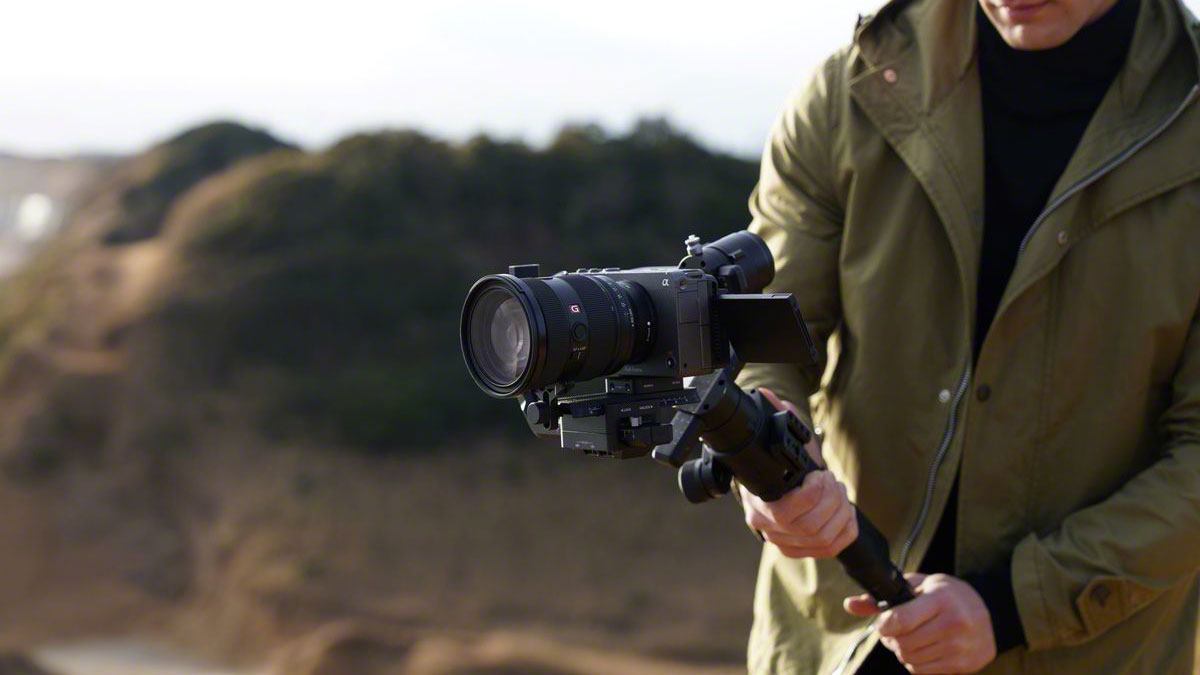
It hasn't taken Sony long to get together an impressive range of lenses for its full-frame Iron mount mirrorless cameras (come across our list of the best Sony lenses (opens in new tab)), and Panasonic has been smart plenty enter into an 50-Mountain Alliance with Sigma and Leica to ensure that information technology's already supported with a large and growing lens range. See our guide to the best L-mount lenses (opens in new tab) for more.
Nikon and Canon have been specially clever with their new full frame mirrorless cameras. Nikon makes an FTZ mount adaptor for using whatever of Nikon's current DSLR lenses without restriction. Canon has also launched lens adapters for its EOS R full-frame mirrorless cameras, opening up its entire range of EF DSLR lenses to these cameras.
It nevertheless takes fourth dimension, though. Nikon's new 'baby' DX mirrorless cameras, the Nikon Z50 (opens in new tab) and Nikon Z fc (opens in new tab), still have only iii native APS-C lenses.
Fujifilm and Olympus have too had fourth dimension to develop their own native lens systems, to the caste that none of the mirrorless photographic camera brands is now at any real disadvantage regarding lens option (encounter our list of the best Fujifilm lenses (opens in new tab), for example).
Yet, mirrorless camera lenses are non inherently smaller. Mirrorless camera makers can indeed demonstrate that their photographic camera bodies are a lot smaller than their DSLR counterparts, merely the same tin can't be said for their lenses.
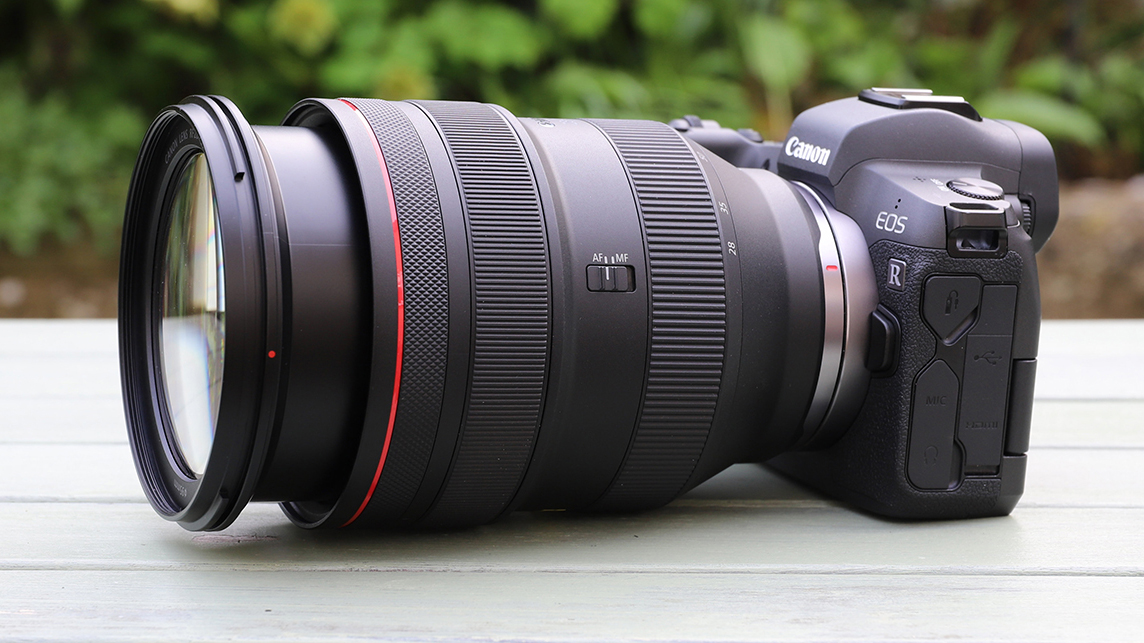
It'southward the sensor size that largely determines the size of photographic camera lenses, not whether. the photographic camera is mirrorless or not. Some mirrorless makers have produced small or retracting lenses that do offer a size saving, merely when lens makers produce mirrorless lenses to match the specifications and performance of DSLR lenses, they terminate up pretty much the same size.
7. Video
This is where mirrorless cameras have a considerable reward, and for two main reasons. First, their design makes them much better suited to the constant 'alive view' required for video capture. Second, this is where camera makers are concentrating their video capture technologies and where you're going to get the best video features and performance.
But let'southward not forget that DSLRs tin can shoot video too. The Nikon D90 brought HD video to the consumer market, and the Canon EOS 5D II brought DSLRs into the professional videography and film-making arena.
For today's DSLRs, video capture is a standard characteristic, and the Nikon D5 (opens in new tab), D850 (opens in new tab) and Canon EOS 5D IV (opens in new tab) offer 4K video capture, while the Nikon D780 (opens in new tab) is as constructive for video equally any mirrorless camera.
Withal, when it comes to 6K and 8K capture, raw or 10-bit video, high frame rates and more, all the effort and development work is going into mirrorless cameras.
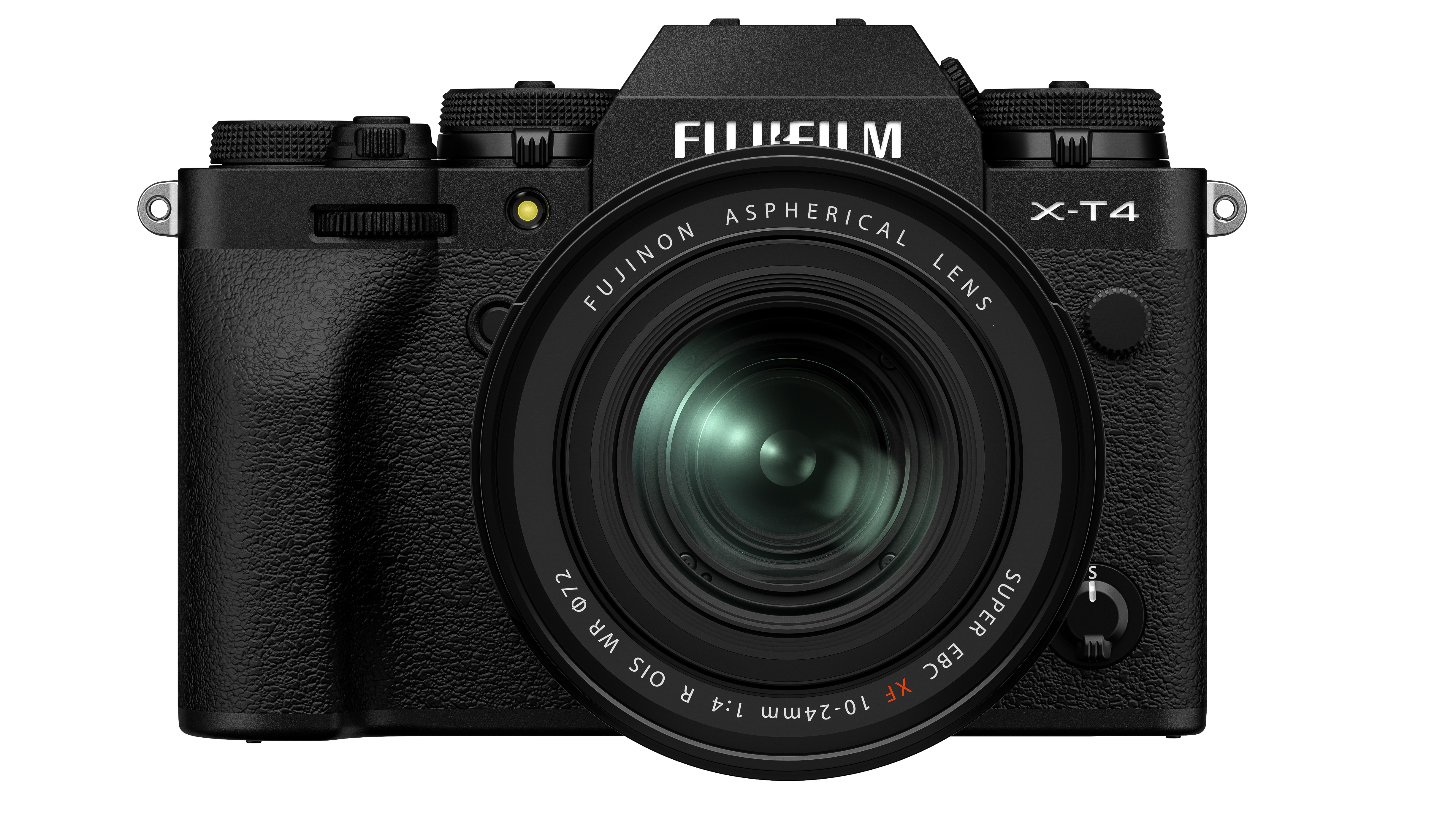
Sony has led the way with high-quality 'oversampled' 4K video in its full-frame mirrorless A7-series cameras like the A7 3 (opens in new tab), and Fujifilm and Panasonic now have cameras capable of capturing 4K video at 60/50fps for polish 2x slow motion furnishings in the Fujifilm X-T4 (opens in new tab) and Panasonic Lumix GH5 Mark II (opens in new tab) and GH5S (opens in new tab). The Panasonic Lumix S1H (opens in new tab) has already received accreditation from Netflix for original content creation.
The Catechism EOS R5 (opens in new tab) also got much attention for its 8K 30p video capabilities, and Sony has joined in with the 8K Sony A1 (opens in new tab), as has Nikon, with the Nikon Z9.
If y'all only need video occasionally a DSLR will exist fine, just if y'all need to shoot it as an of import (or THE most important) part of your piece of work, then mirrorless is the way to get. It's not just the cameras – mirrorless lenses increasingly feature high-tech focus actuators and silent stepping motor autofocus technology for smoothen and silent focus transitions when filming; the majority of DSLR lenses were designed at a time when this wasn't fifty-fifty imagined.
• Read more: Video jargon explained
Dust
This is a divergence betwixt DSLRs and mirrorless cameras that never gets mentioned in the specs sheets but will take come to the attention of anyone who uses both camera types.
With mirrorless cameras, the sensor is much more than exposed and much closer to the lens throat of the camera. With DSLRs, the sensor is correct at the dorsum of the camera and covered by the shutter and the mirror in front of it – the sensor is only exposed to dust when you accept a motion picture (unless you shoot in alive view).
Some mirrorless cameras seem much more susceptible to dust and other sensor debris than others. We take found some Sony cameras especially prone to sensor dust, while Olympus, Panasonic and Fujifilm cameras are not afflicted as badly. Almost all cameras have automatic dust-removal systems which 'milk shake' the sensor to dislodge any foreign matter, but some are conspicuously more effective than others.

Withal, while mirrorless photographic camera sensors may be more exposed to dust, they are too much easier to clean. DSLR sensors are the very devil to reach with grit-removing gadgets and need a special cleaning mode which locks upwardly the mirror and opens the shutter.
DSLR vs mirrorless: the terminal word
Despite the blitz towards mirrorless camera technology, the DSLR vs mirrorless debate is not completely one-sided. Here'south a summary of the pros and cons of each camera type.
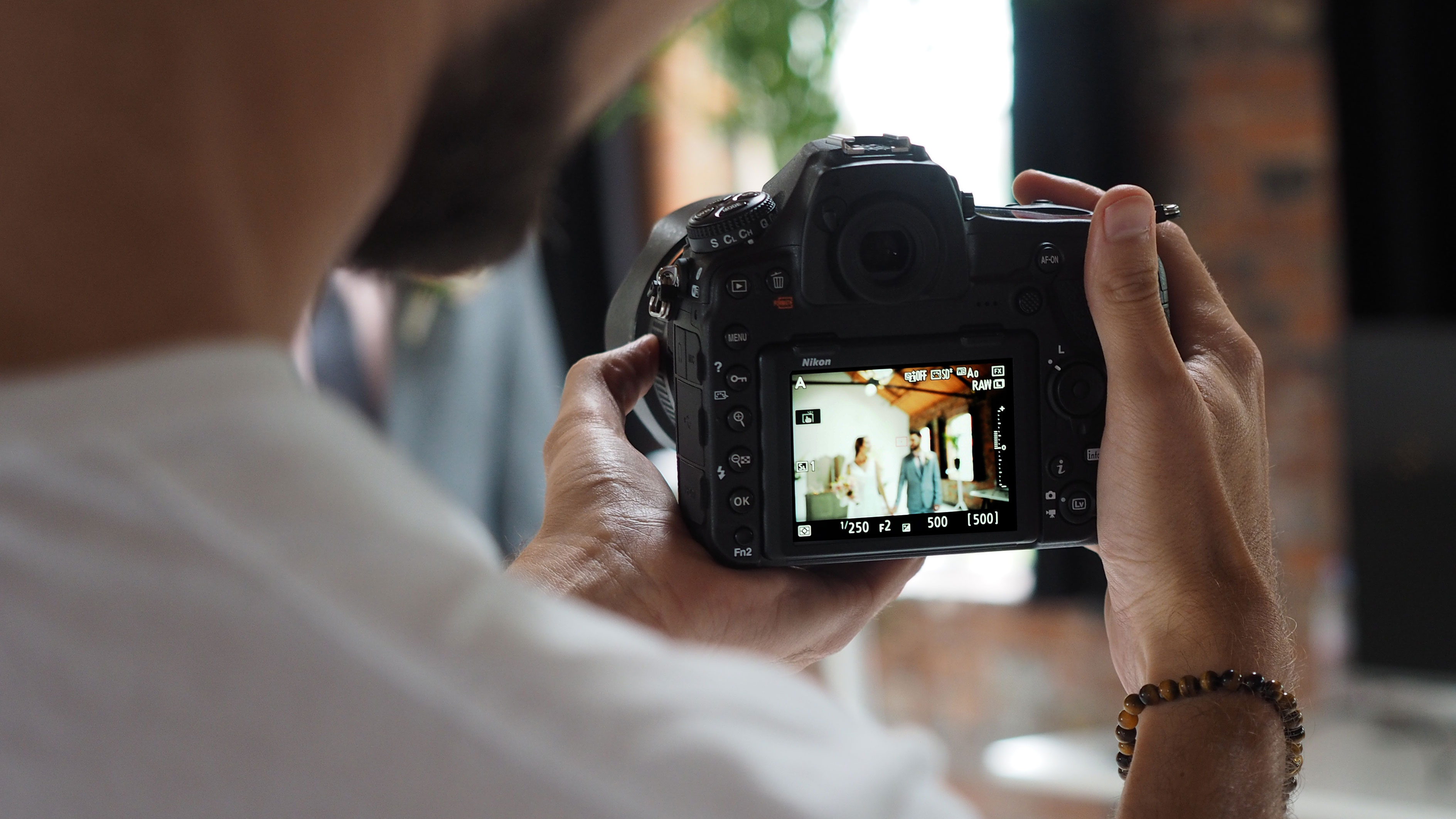
When to choose a DSLR
DSLRs are bigger, fatter, chunkier and more 'grippable'. They handle amend with bigger lenses (and lenses are getting bigger, yr by year) and they have more space for external controls, so you spend less time navigating digital interfaces and tapping at touchscreens – and their batteries last all day instead of just the morning.
They also have optical viewfinders. Mirrorless users might not intendance, but DSLR fans would never swap the 'naked middle' viewfinder paradigm of a DSLR for a digital simulation, no matter how good.
There'south another affair. If you're on a tight budget y'all'll have to work hard to find a mirrorless camera with a viewfinder for the aforementioned toll as a DSLR – you will struggle to go a mirrorless APS-C camera with a viewfinder for the same prices as a Nikon D3500 or a Canon EOS 2000D. DSLRs are still amid the all-time cameras for beginners (opens in new tab).
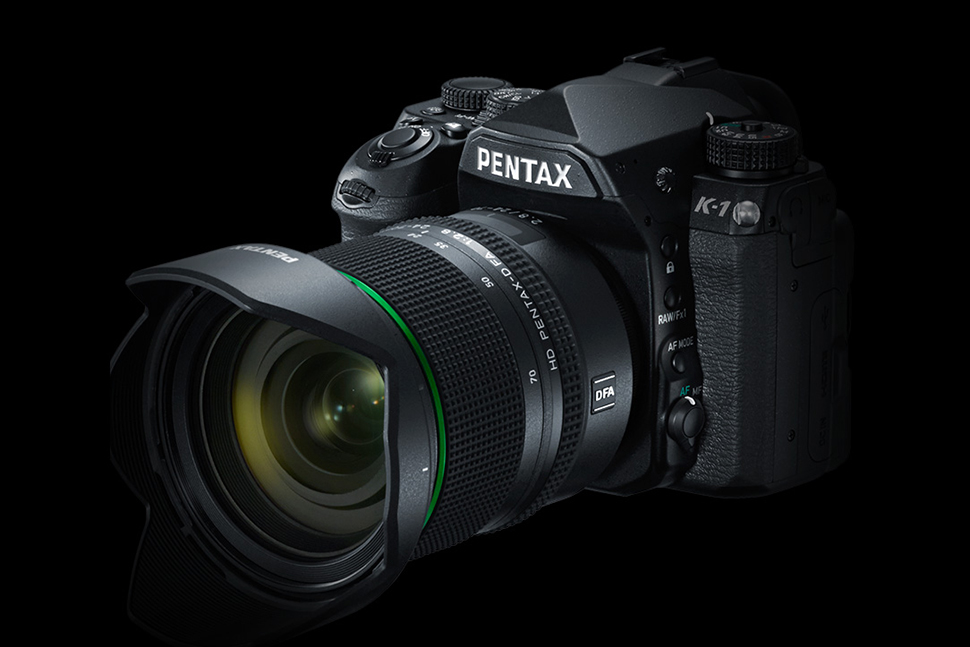
When to choose mirrorless
Mirrorless camera bodies are smaller and, if yous choose advisedly, you can become smaller lenses to get with them – though this only really holds true with the Micro Four Thirds format, as APS-C and full frame mirrorless cameras come with lenses as large as their DSLR counterparts.
If you lot're an Instagramer, influencer, blogger or blogger, a mirrorless camera like the Olympus PEN-EPL9 (opens in new tab) or Canon EOS M50 (opens in new tab) is perfect. They're small-scale, light and adaptable and have tilting/vari-bending screens that let you shoot from all sorts of angles. They're bang-up for both video and stills and can easily fit in an everyday purse.
If yous're a pro or semi-pro videographer, mirrorless is the fashion to go here, too. This is where all the video development in cameras, lenses, hardware and accessories is happening with cameras like the Nikon Z6 Ii (opens in new tab) and Sony A7 III (opens in new tab). The Panasonic Lumix S1H (opens in new tab) is a video-centric mirrorless model that's making inroads into the pro cinema market, and the Fujifilm Ten-T4 (opens in new tab) is a mirrorless photographic camera with video specs that are currently out on their own in this price range.
In that location is i final paradox. You might say that the DSLR design is retro, but in fact if you want a camera that looks and feels the way cameras used to, then a mirrorless camera is the way to go! See our guide to the all-time retro cameras (opens in new tab) to see why.
How we test cameras
We test cameras both in real-earth shooting scenarios and in carefully controlled lab conditions. Our lab tests mensurate resolution, dynamic range and signal to dissonance ratio. Resolution is measured using ISO resolution charts, dynamic range is measured using DxO Analyzer test equipment and DxO Analyzer is besides used for noise analysis across the camera's ISO range. We use both real-world testing and lab results to inform our comments in buying guides.

Thank yous for reading 5 articles this month* Join now for unlimited access
Enjoy your first calendar month for just £1 / $1 / €1
*Read 5 gratis articles per month without a subscription

Join now for unlimited admission
Endeavour first month for but £1 / $one / €1
Related articles
Source: https://www.digitalcameraworld.com/features/dslr-vs-mirrorless-cameras-how-do-they-compare
Posted by: riddlejoincte.blogspot.com

0 Response to "What Is The Difference Between Mirror And Mirrorless Camera"
Post a Comment